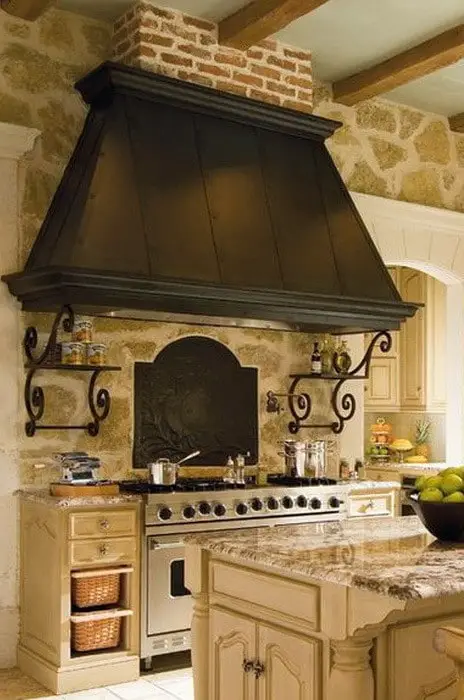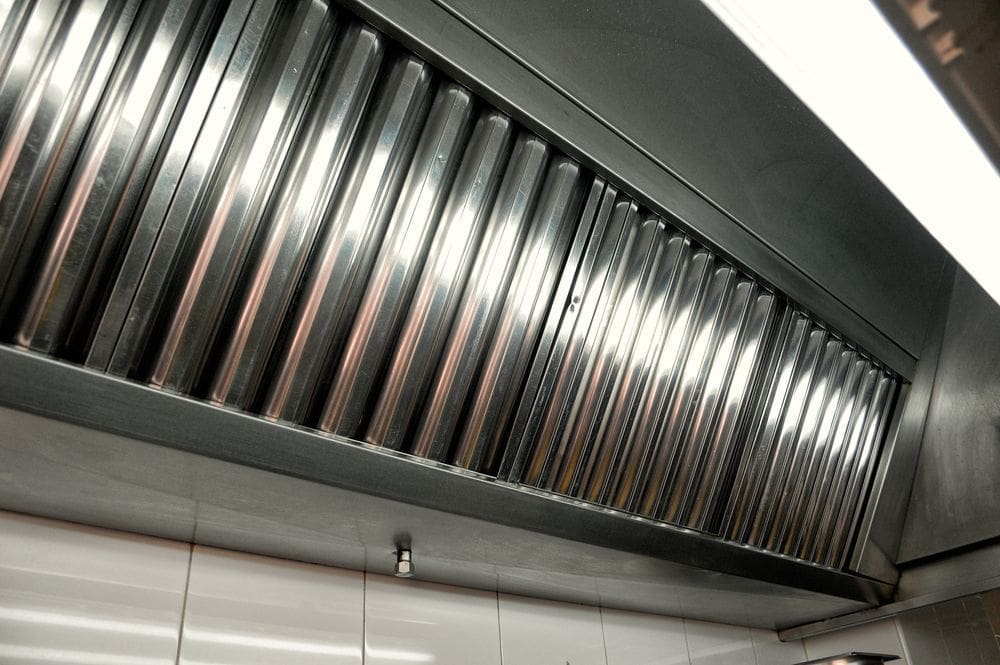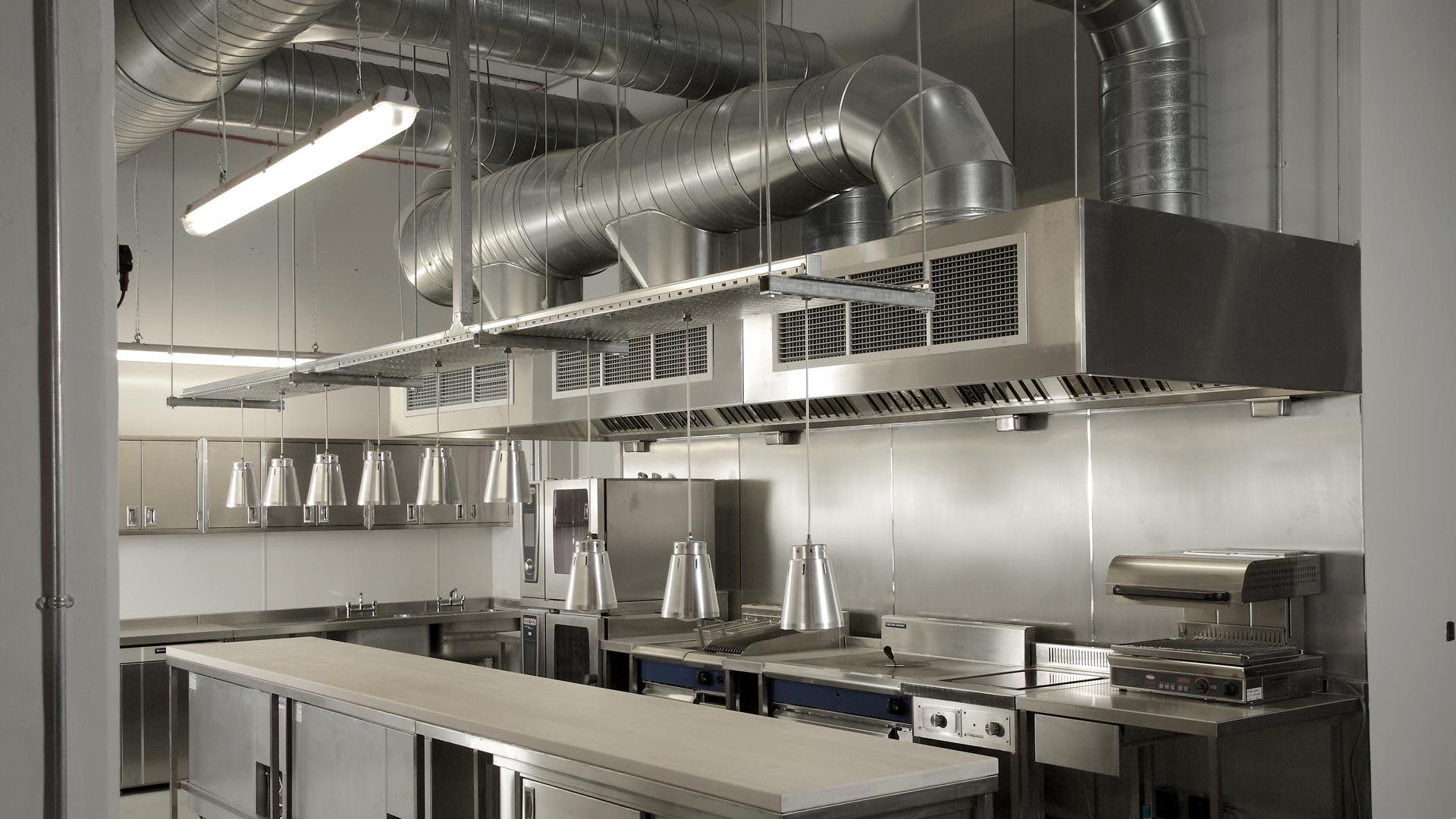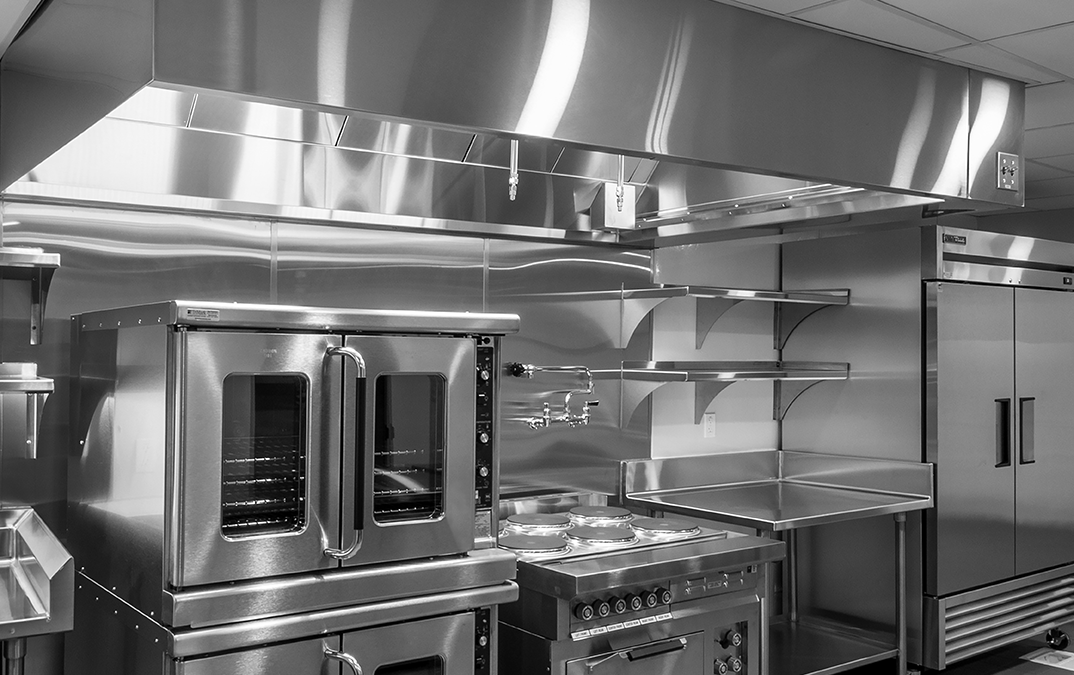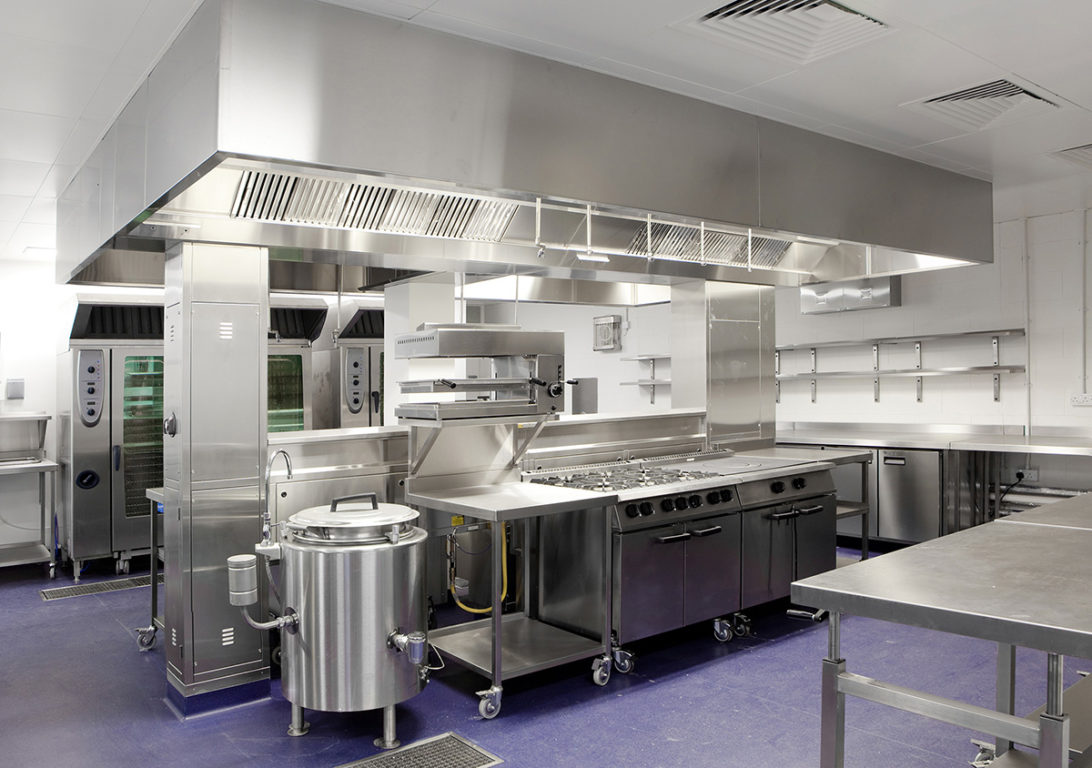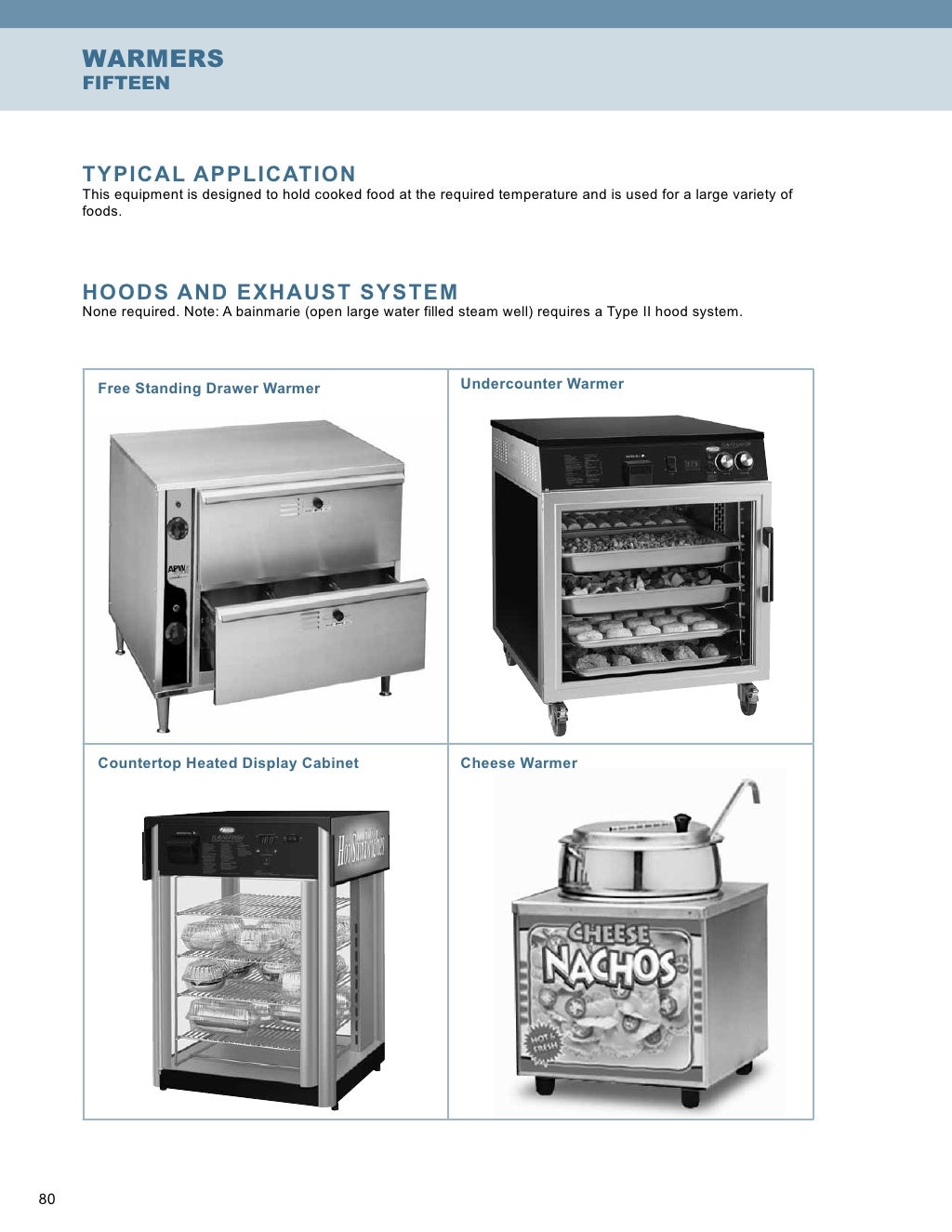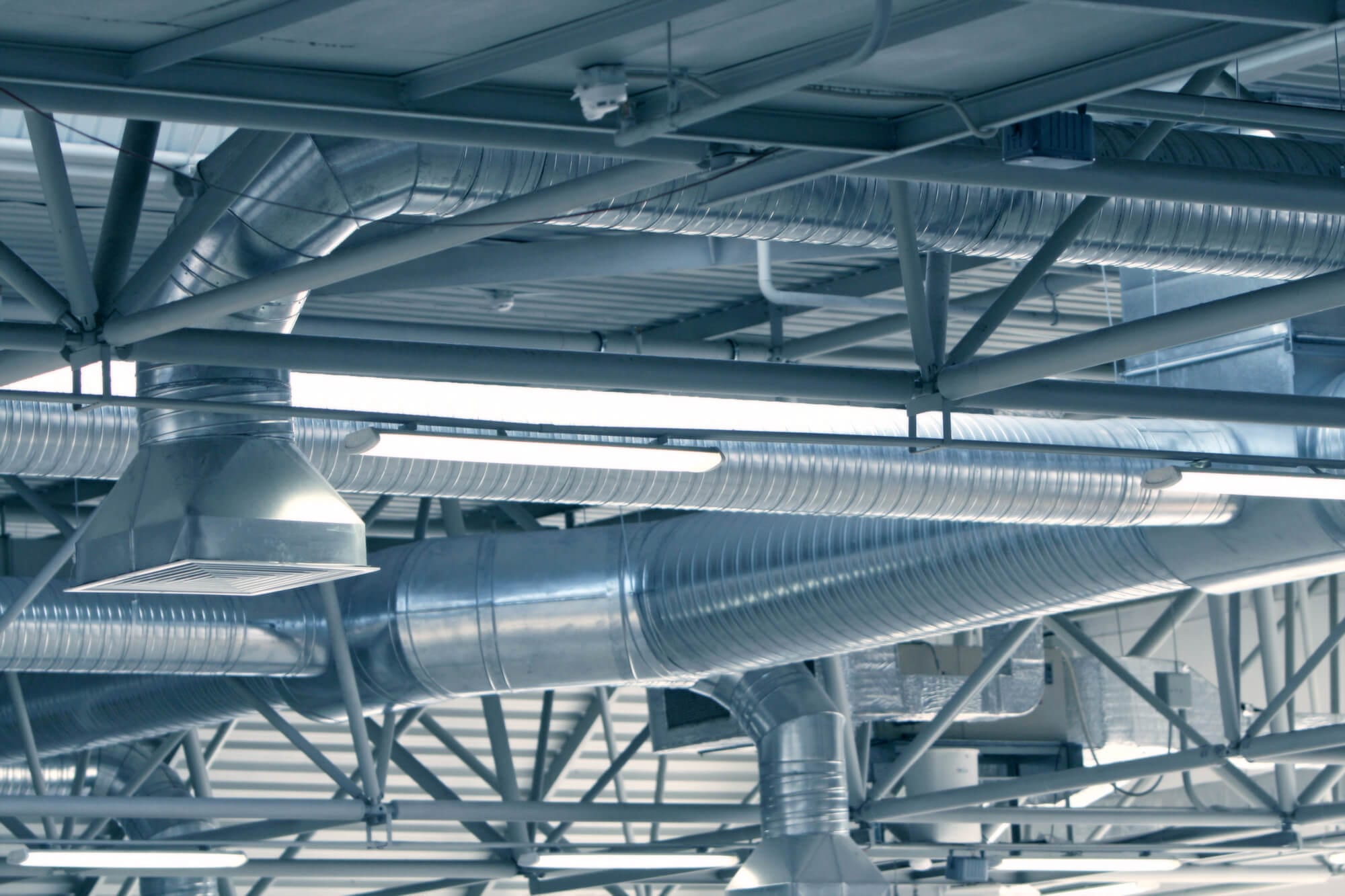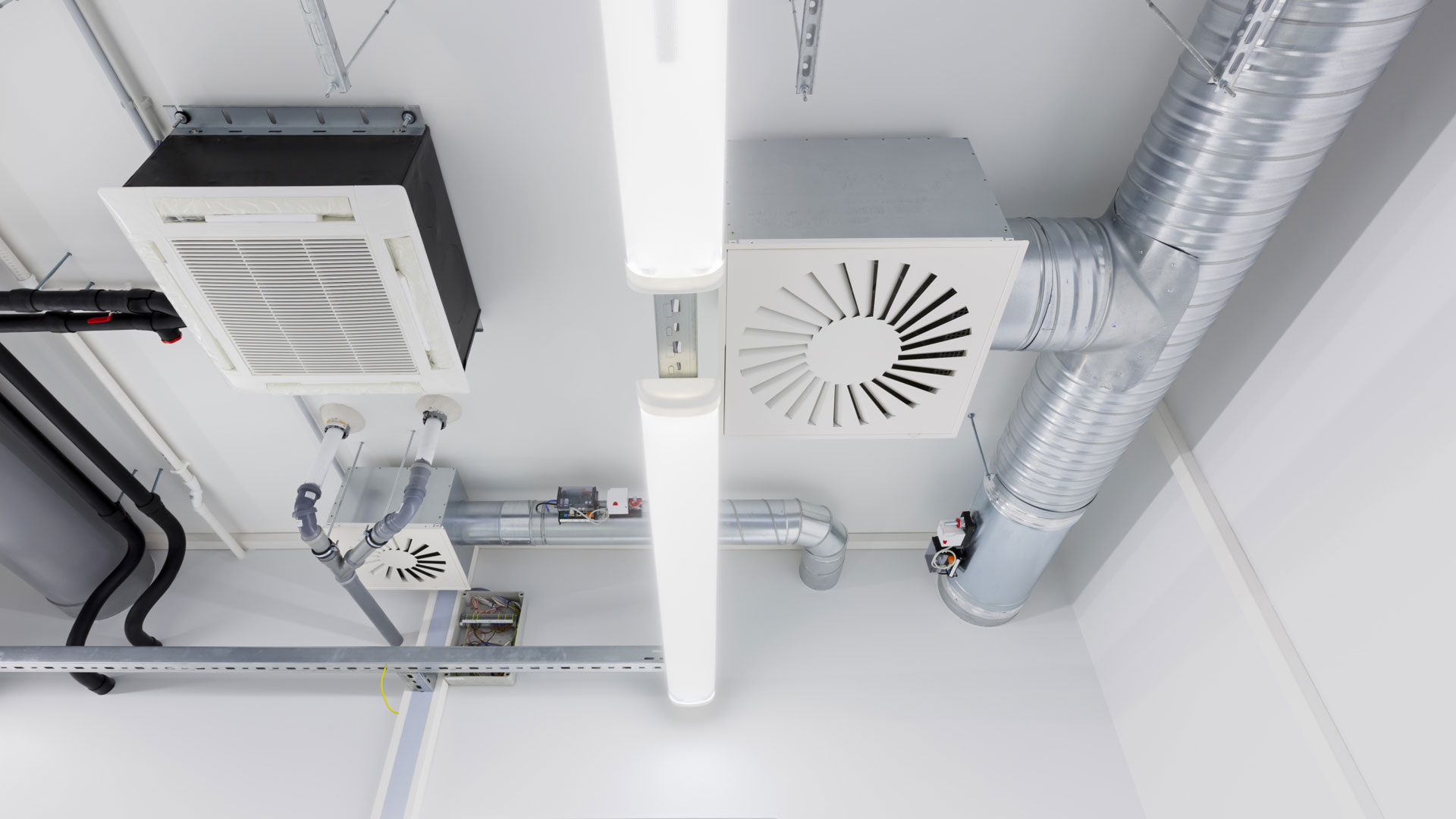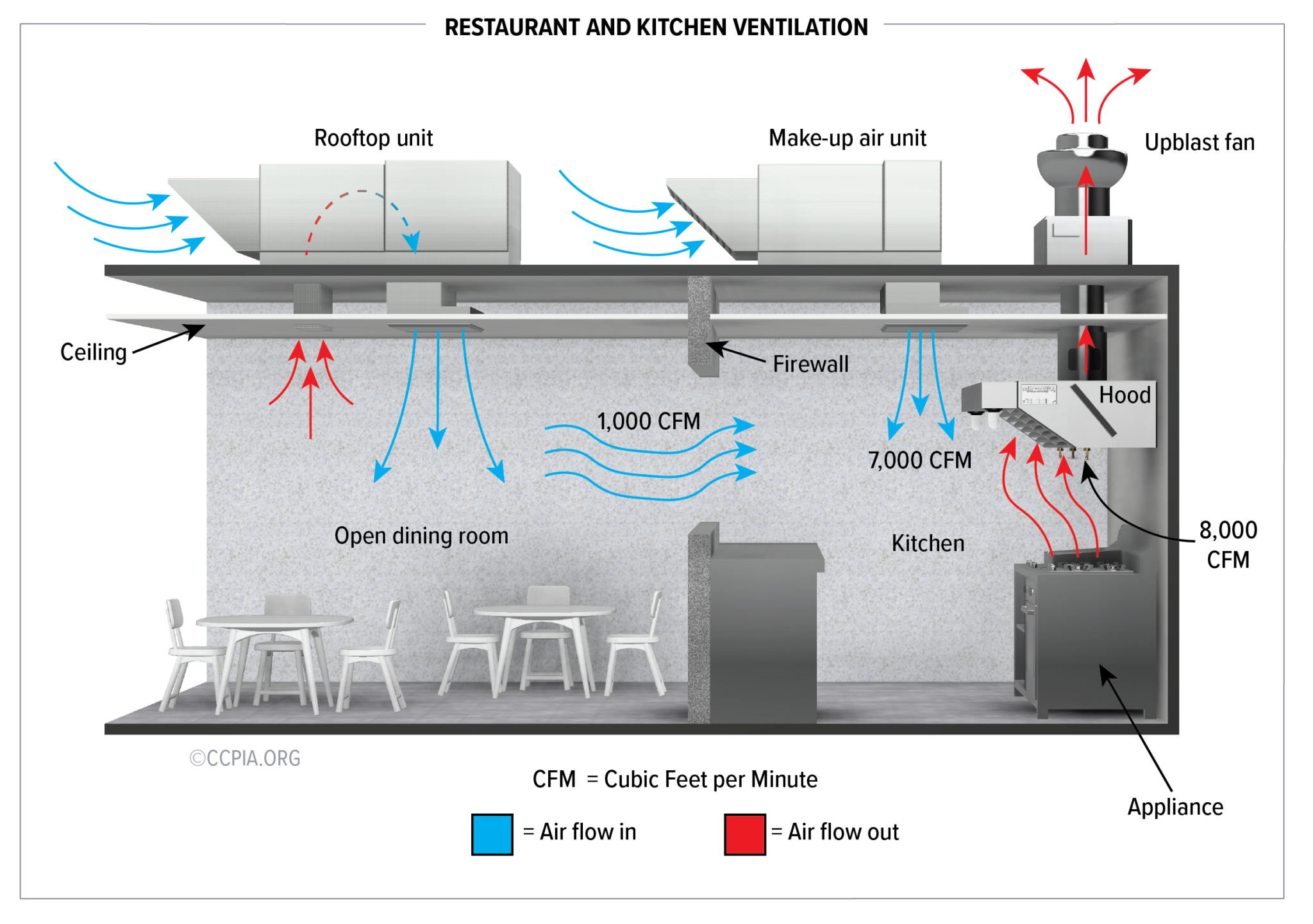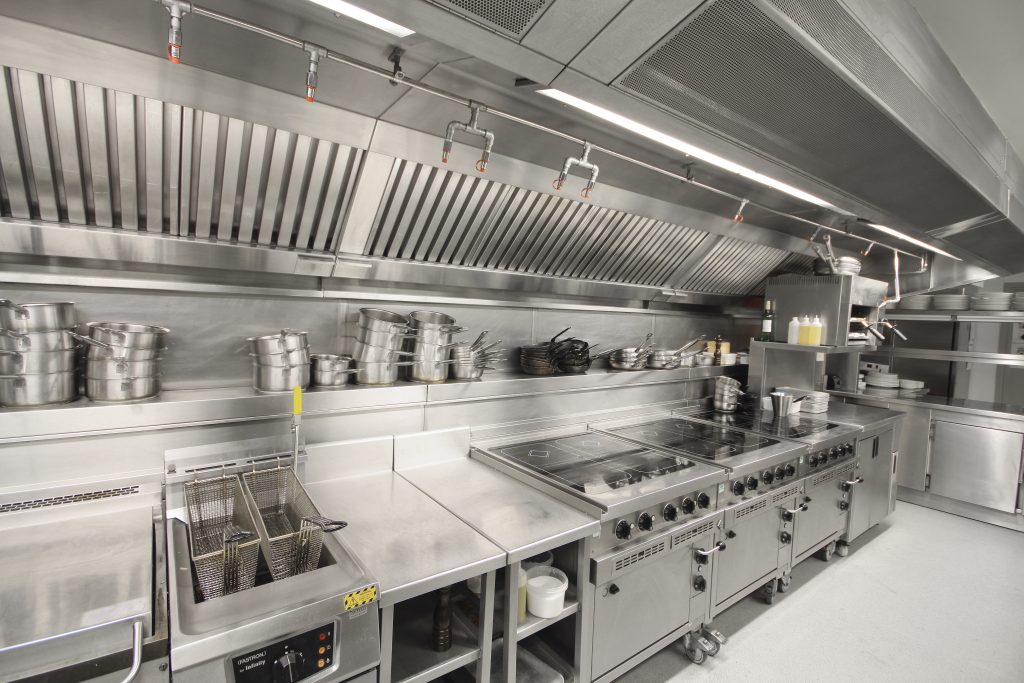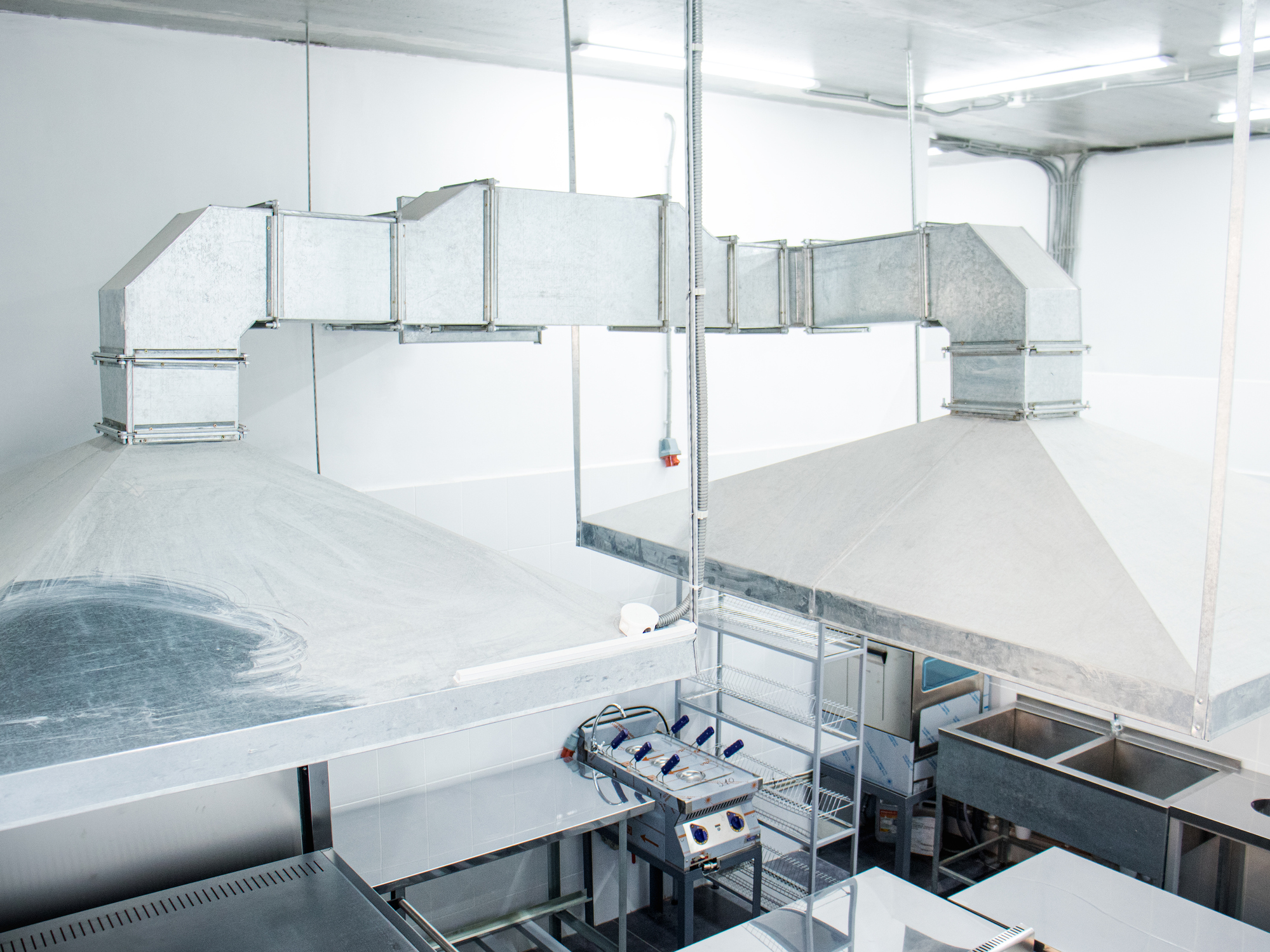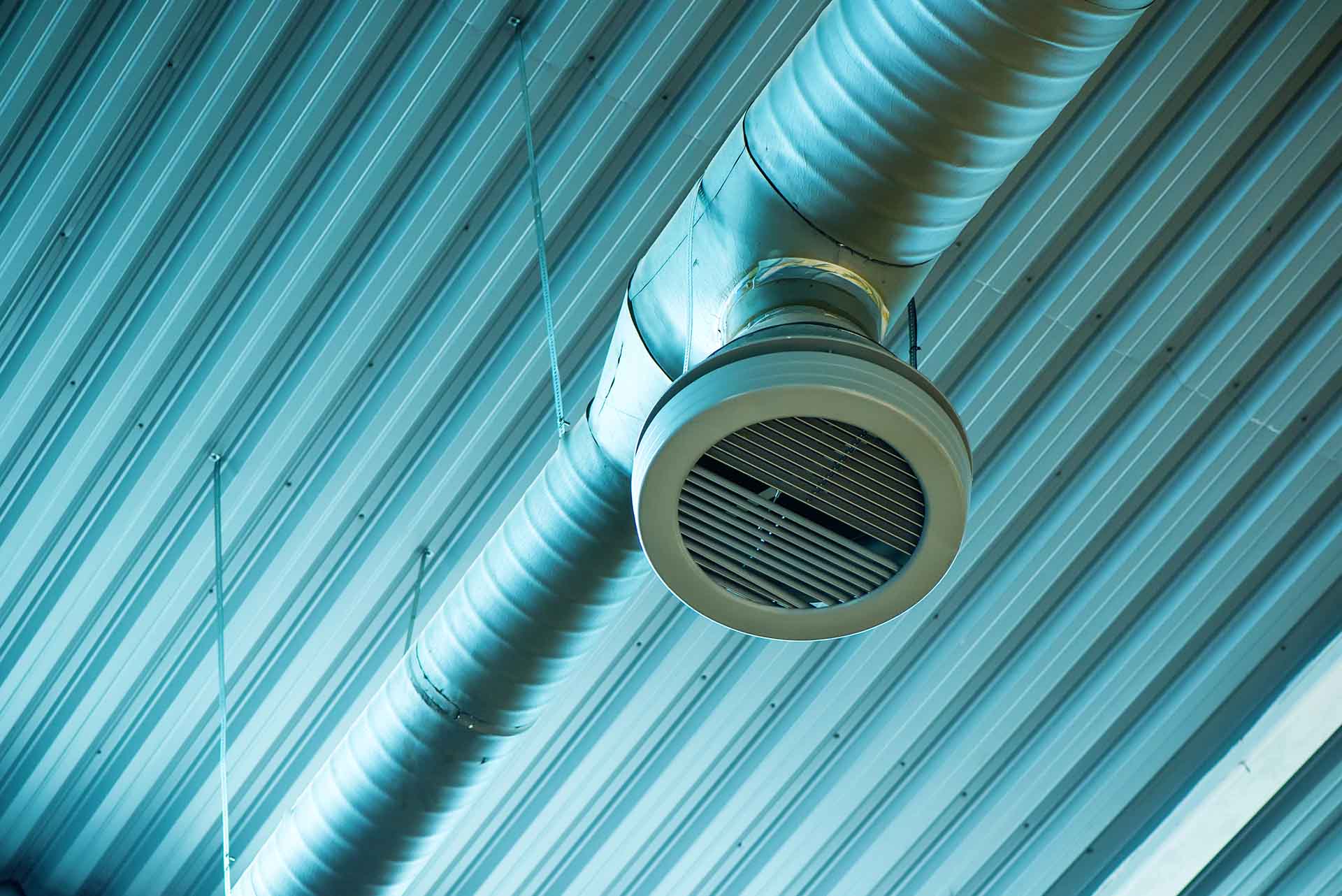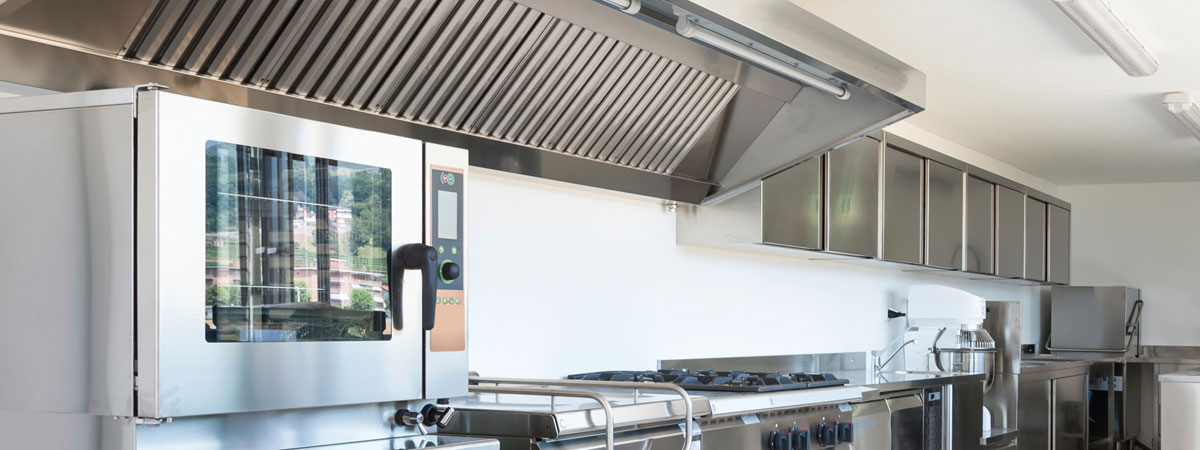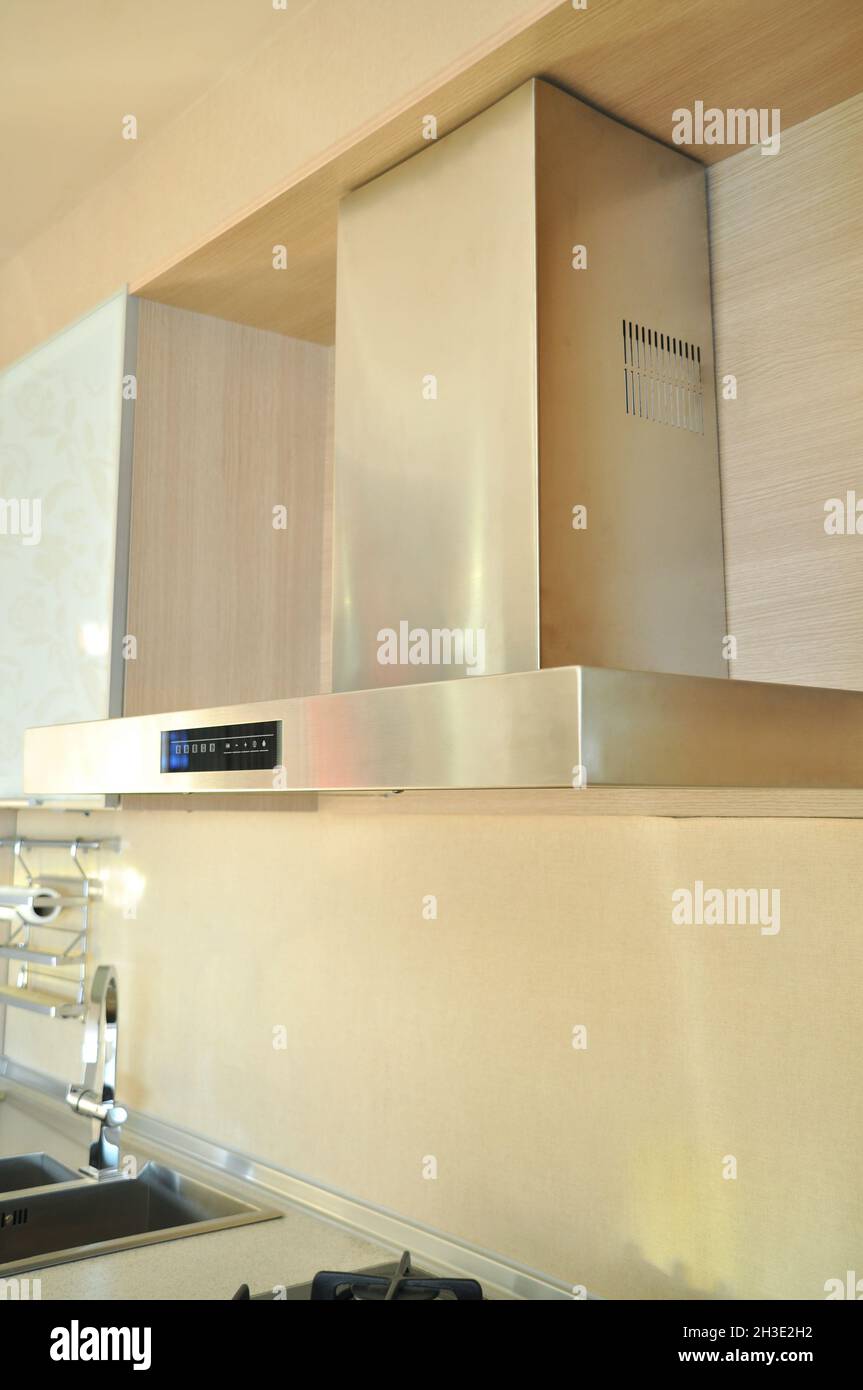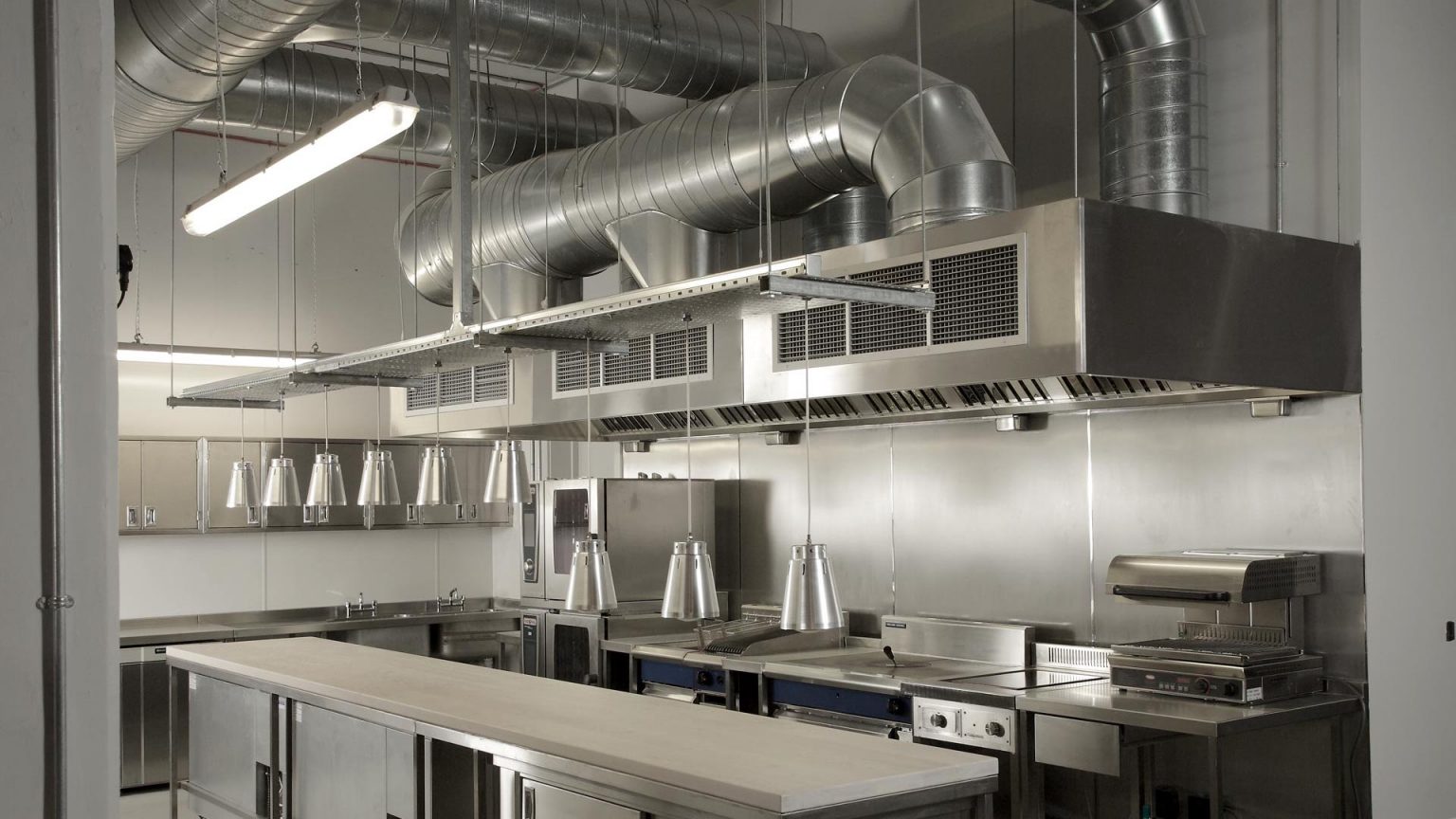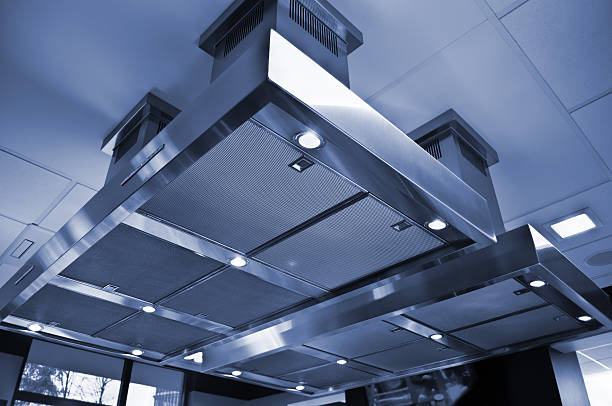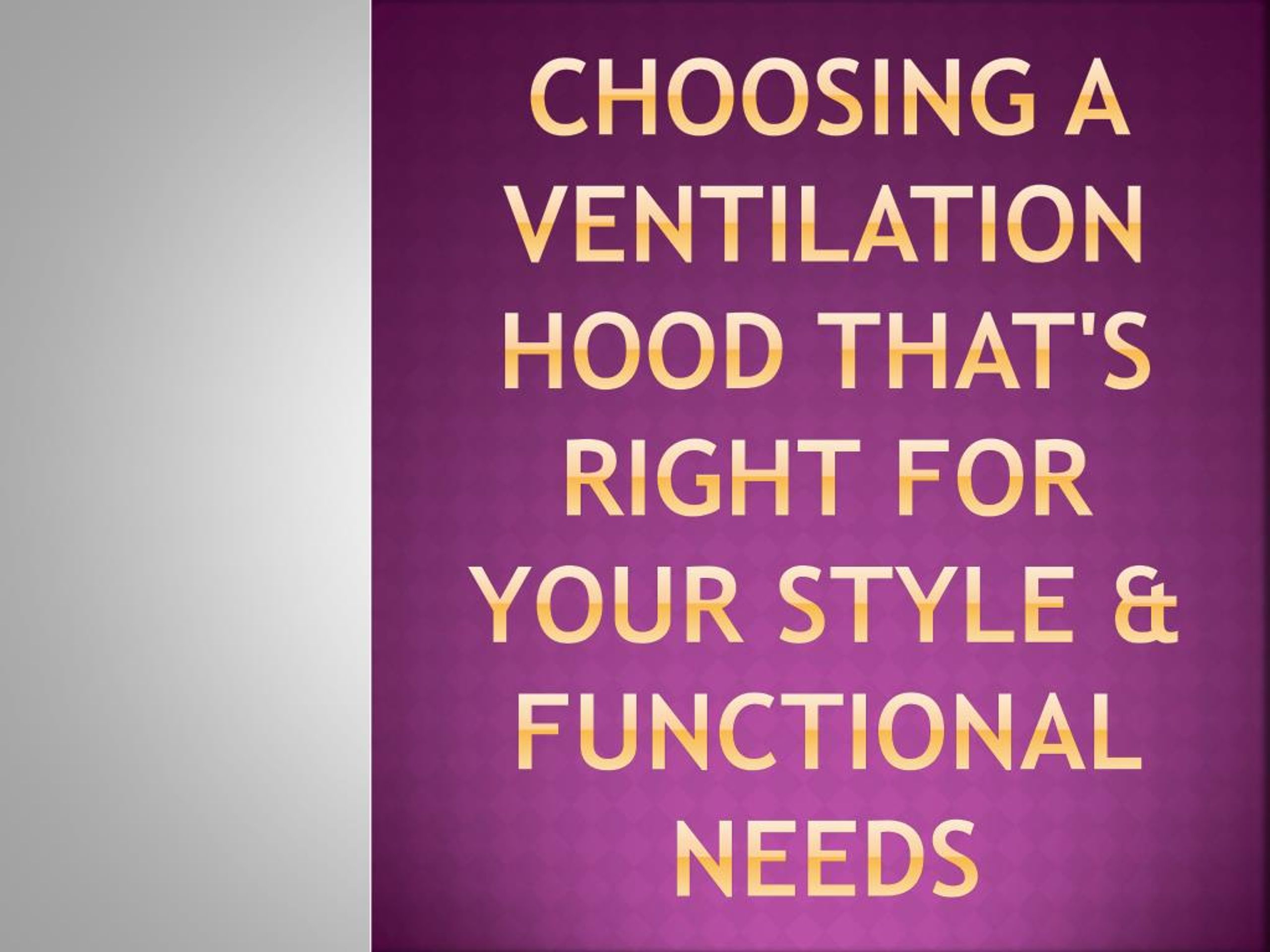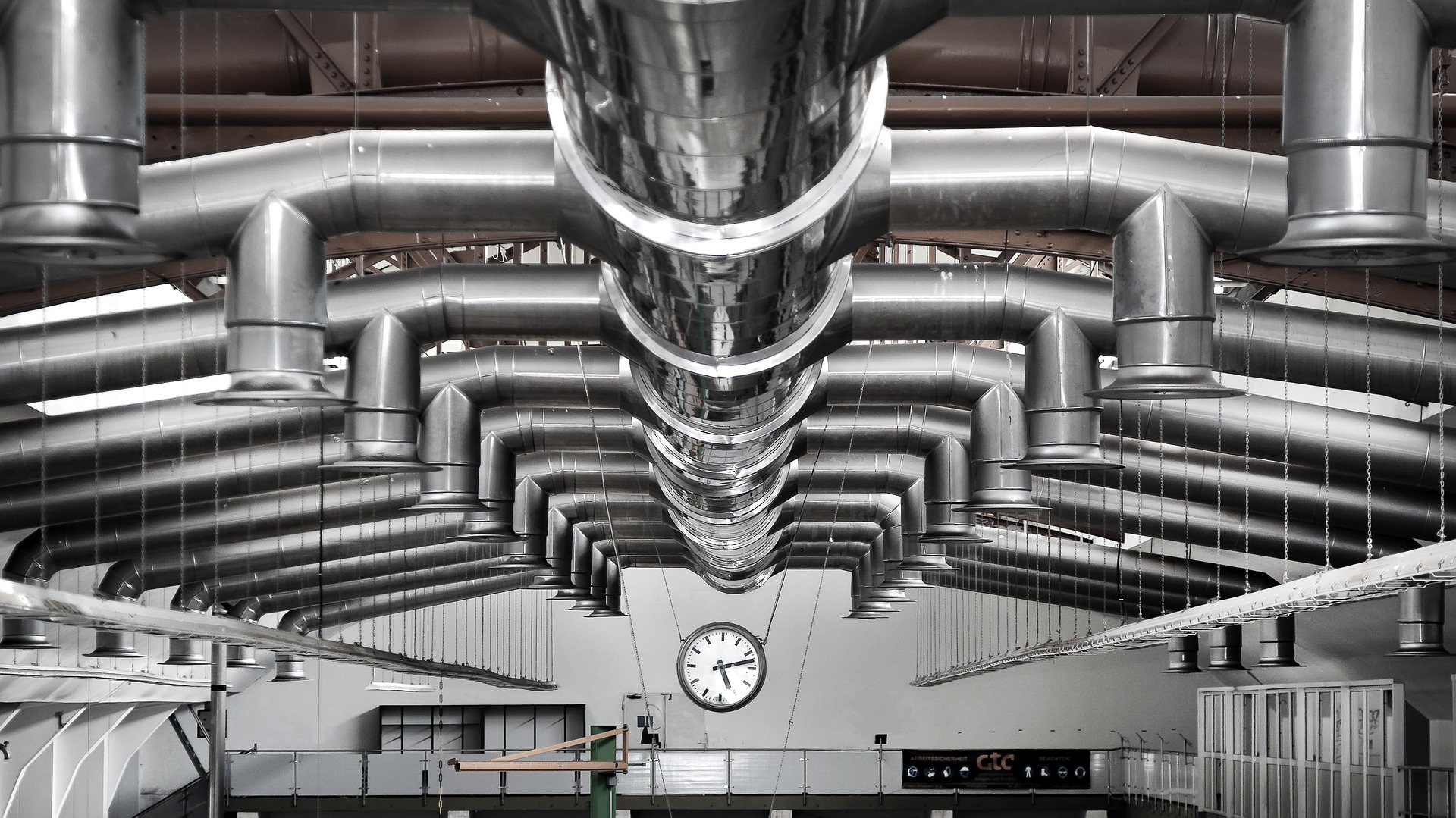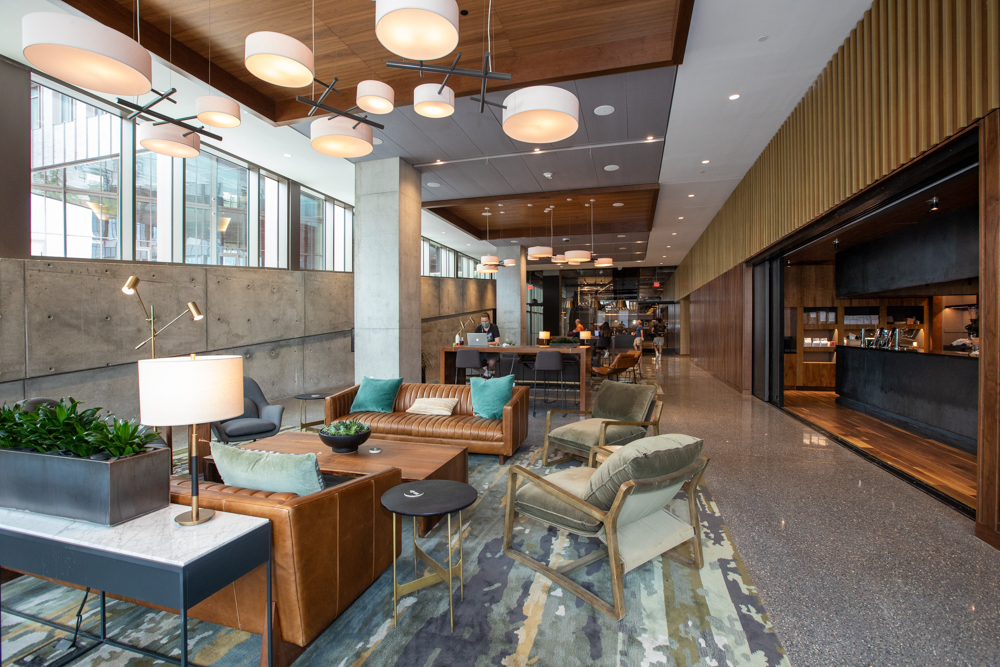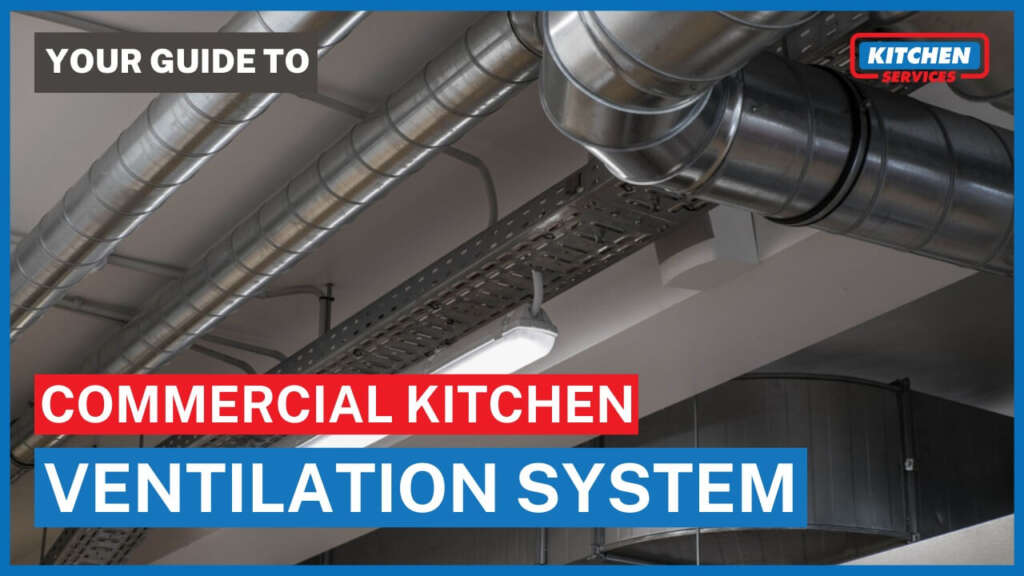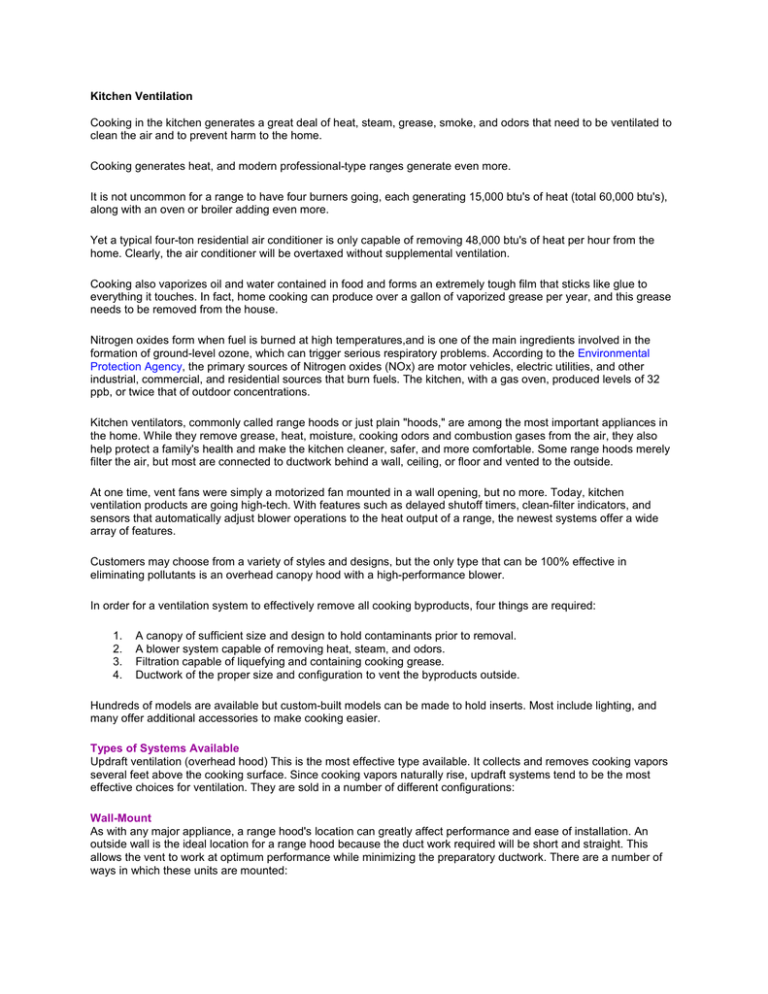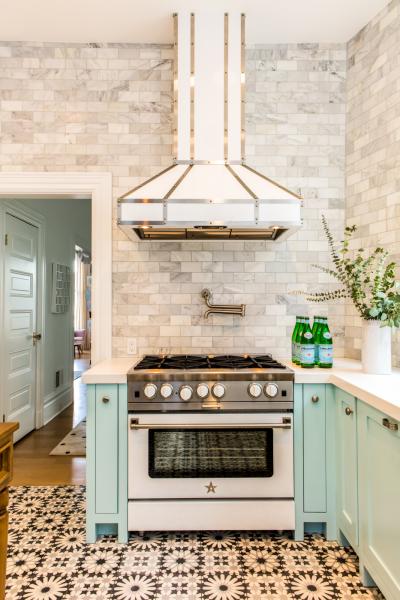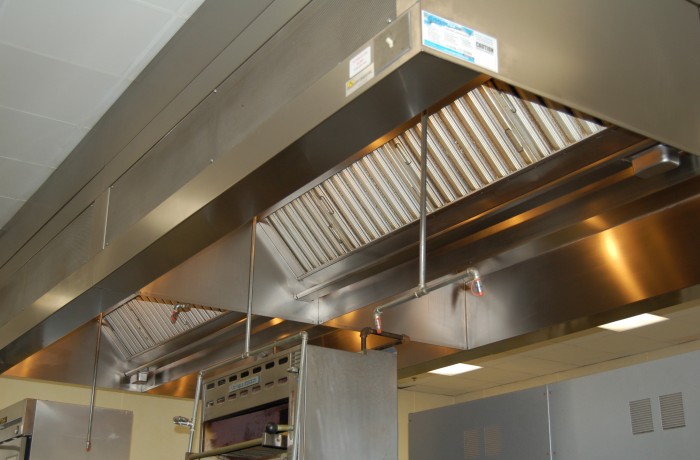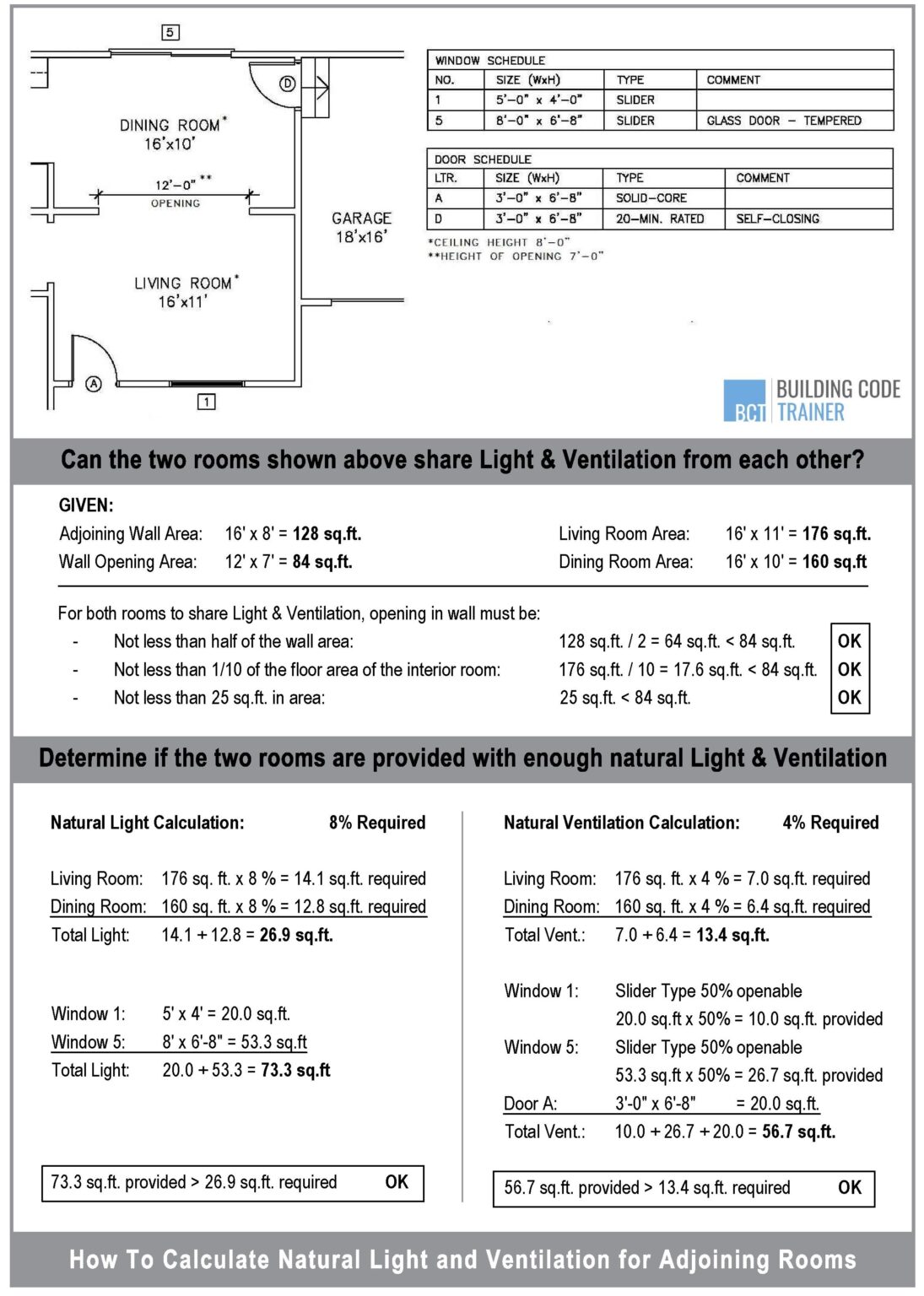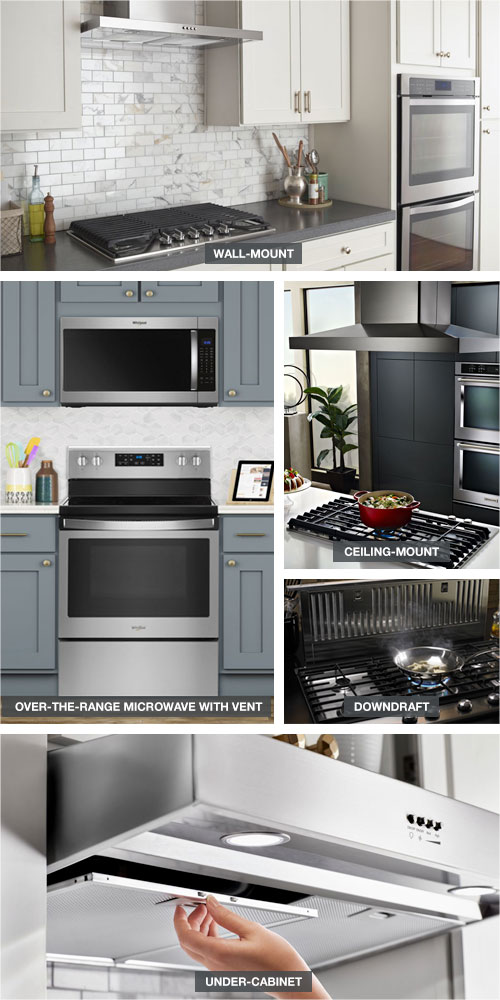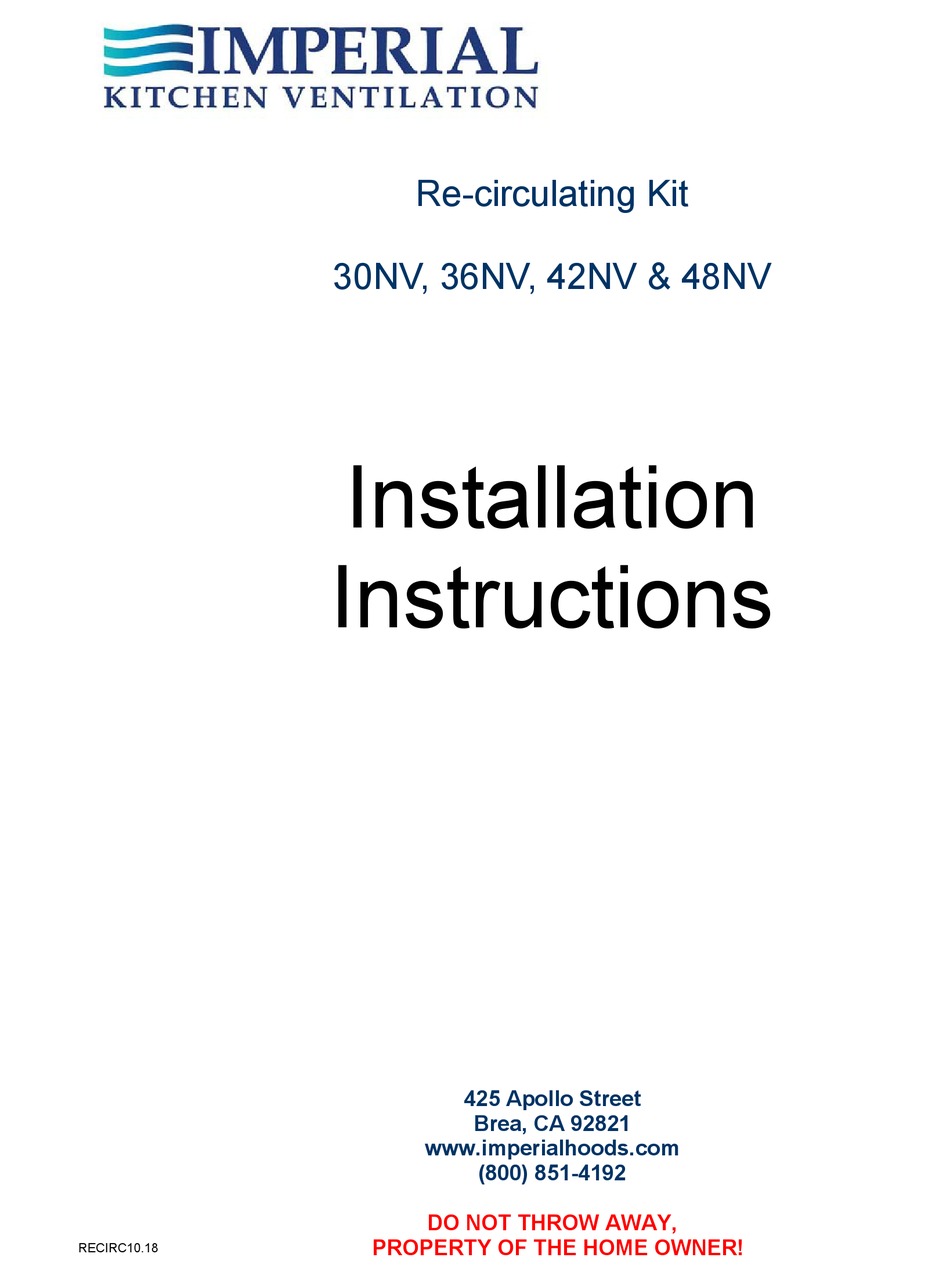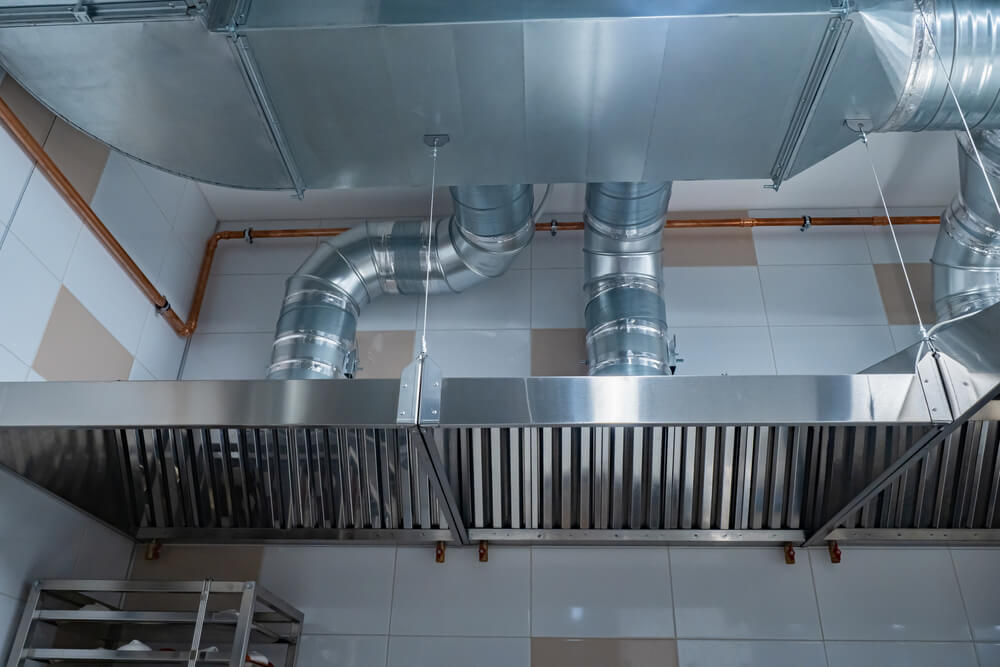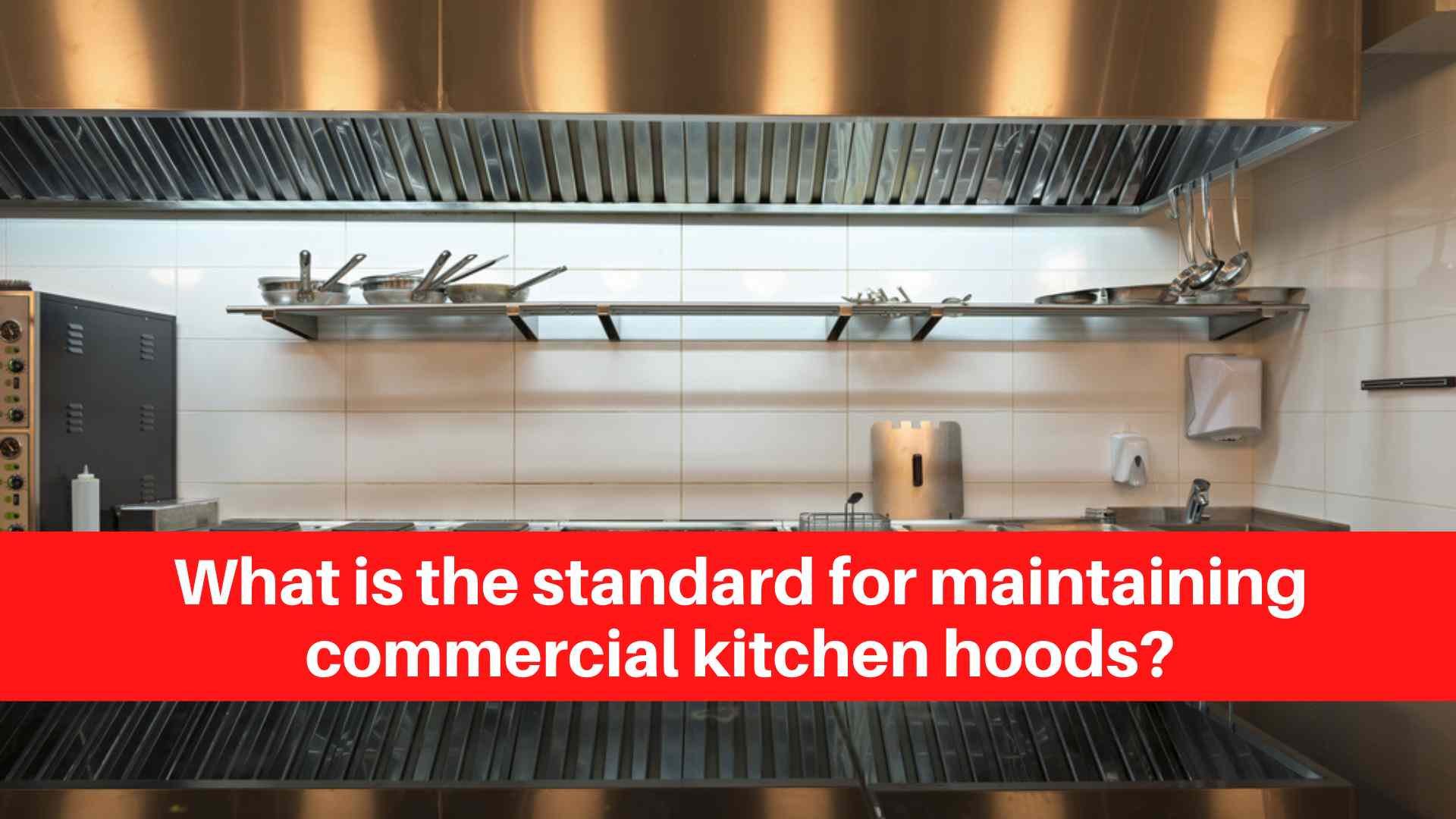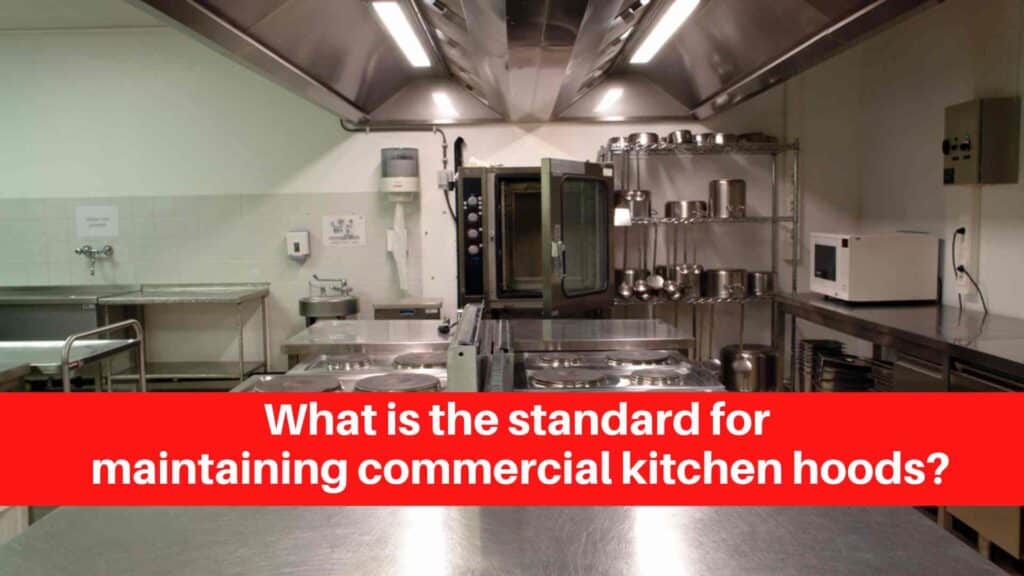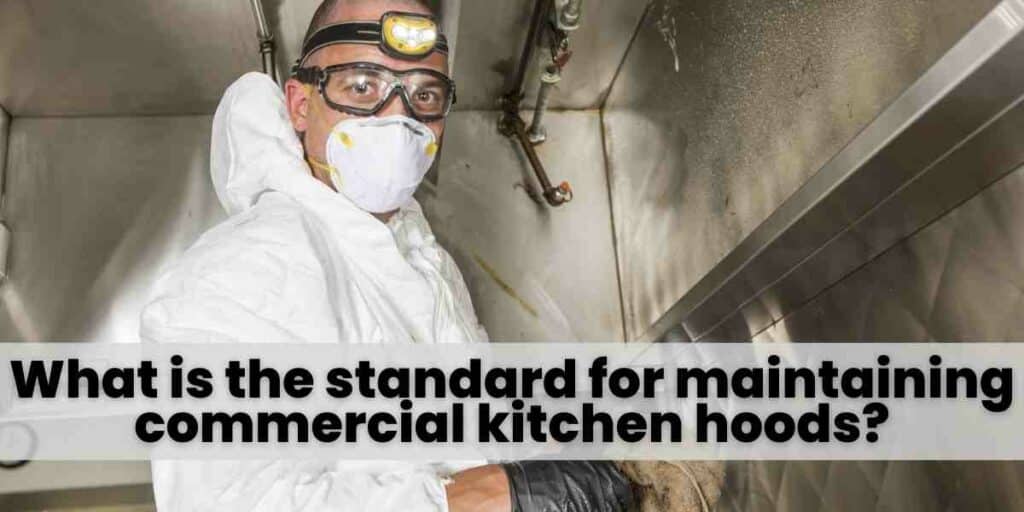The design of a ventilation hood is crucial for any commercial kitchen. Not only does it help remove heat, smoke, and grease from the cooking area, but it also ensures the safety of employees and maintains the overall cleanliness of the kitchen. When it comes to designing a ventilation hood for your commercial kitchen, there are several important factors to consider. Ventilation hood design should be tailored to the specific needs of your kitchen, taking into account the size and type of equipment, the layout of the cooking area, and the volume of food being prepared. It should also comply with local building codes and safety regulations.1. Ventilation Hood Design for Commercial Kitchens
A commercial kitchen hood ventilation system is made up of several components that work together to effectively remove heat, smoke, and odors from the cooking area. The hood itself is the main component, typically made of stainless steel and equipped with fans and filters. The ductwork, which connects the hood to an exhaust fan, is also an important part of the system. It should be sized appropriately to ensure proper air flow and ventilation. Other components of a commercial kitchen hood ventilation system may include make-up air units, fire suppression systems, and control panels. It's important to work with a professional to ensure all components are properly installed and functioning correctly.2. Commercial Kitchen Hood Ventilation System
An efficient ventilation system is essential for the success of any commercial kitchen. It not only helps maintain a comfortable and safe work environment, but it also plays a key role in the overall energy efficiency of the kitchen. When designing a ventilation system, it's important to consider the type of cooking equipment being used, the volume of food being prepared, and the layout of the kitchen. A well-designed ventilation system should effectively remove heat and steam from the cooking area, while also minimizing noise and energy consumption. It should also be easy to clean and maintain to ensure optimal performance.3. Designing an Efficient Ventilation System for Commercial Kitchens
Proper ventilation is crucial in commercial kitchen design for a number of reasons. First and foremost, it helps maintain a safe and healthy work environment for employees. Excess heat, smoke, and grease in the air can not only make it uncomfortable to work in, but it can also be a fire hazard. A well-designed ventilation system ensures these contaminants are properly removed from the air. Proper ventilation also plays a key role in the overall cleanliness of the kitchen. Without it, grease and odors can build up, leading to a less hygienic environment and potential health code violations. Additionally, a well-ventilated kitchen can help reduce energy costs by effectively removing excess heat and steam.4. Importance of Proper Ventilation in Commercial Kitchen Design
When it comes to choosing the right ventilation hood for your commercial kitchen, there are a few key factors to consider. First, you'll need to determine the size and type of hood needed based on the size of your kitchen and the equipment being used. Wall-mounted hoods are a common choice for smaller kitchens, while larger kitchens may require island hoods or canopy hoods. You'll also need to consider the type of ventilation system your kitchen requires. Updraft systems pull air up and out of the kitchen, while down-draft systems pull air down and out. A professional can help you determine which system is best for your specific kitchen design and needs.5. Choosing the Right Ventilation Hood for Your Commercial Kitchen
Designing a ventilation system for a commercial kitchen is not a one-size-fits-all process. Each kitchen has its own unique needs and requirements. However, there are some general tips that can help ensure your ventilation system is both safe and effective. Proper sizing is crucial - your ventilation system should be able to handle the volume of smoke, heat, and grease produced by your kitchen. Regular maintenance is also important to ensure your system is functioning correctly and efficiently. Additionally, consider installing heat sensors to automatically adjust fan speeds based on the temperature in the kitchen, and grease traps to prevent excess grease from building up in the system.6. Tips for Designing a Safe and Effective Ventilation System for Commercial Kitchens
There are several different types of commercial kitchen ventilation hoods to choose from, each with their own unique benefits. Wall-mounted hoods are attached to the wall and are typically used in smaller kitchens. Island hoods are suspended from the ceiling and are a popular choice for larger kitchens with cooking equipment in the center of the room. Canopy hoods are similar to island hoods but are typically larger and designed for heavy-duty use. Other types of hoods include backshelf hoods, pass-over hoods, and welded hoods. It's important to choose the right type of hood for your specific kitchen and cooking needs.7. Understanding the Different Types of Commercial Kitchen Ventilation Hoods
When designing a ventilation system for a commercial kitchen, there are several important factors to keep in mind. First and foremost, the system should be properly sized to handle the volume of heat, smoke, and grease produced by the kitchen. It should also be designed to minimize noise and maximize energy efficiency. Additionally, the layout of the kitchen and the type of cooking equipment being used should also be taken into consideration. For example, a kitchen with a large fryer may require a different ventilation system than one with a convection oven. Working with a professional can help ensure all these factors are taken into account.8. Factors to Consider When Designing a Ventilation System for a Commercial Kitchen
When it comes to designing a commercial kitchen ventilation hood, there are some common mistakes that should be avoided. One of the biggest mistakes is choosing a hood that is too small for the kitchen, which can lead to poor ventilation and potential safety hazards. Another mistake is not properly maintaining the system, which can lead to decreased efficiency and potential fire hazards. It's also important to avoid using ductwork that is too long or too small, as this can also impede proper air flow. Lastly, failing to comply with local building codes and safety regulations can result in fines and potential shutdowns.9. Common Mistakes to Avoid in Commercial Kitchen Ventilation Hood Design
Ventilation hoods play a crucial role in maintaining a clean and safe commercial kitchen. By properly removing heat, smoke, and grease from the air, they help create a more comfortable working environment for employees and reduce the risk of fires. They also play a key role in maintaining the overall cleanliness of the kitchen, helping to prevent the buildup of grease and odors. When designed and installed correctly, a ventilation hood can also contribute to energy efficiency and cost savings. By choosing the right type of hood and regularly maintaining the system, you can ensure your commercial kitchen remains clean, safe, and efficient for years to come.10. The Role of Ventilation Hoods in Maintaining a Clean and Safe Commercial Kitchen
The Importance of Proper Commercial Kitchen Ventilation Hood Design
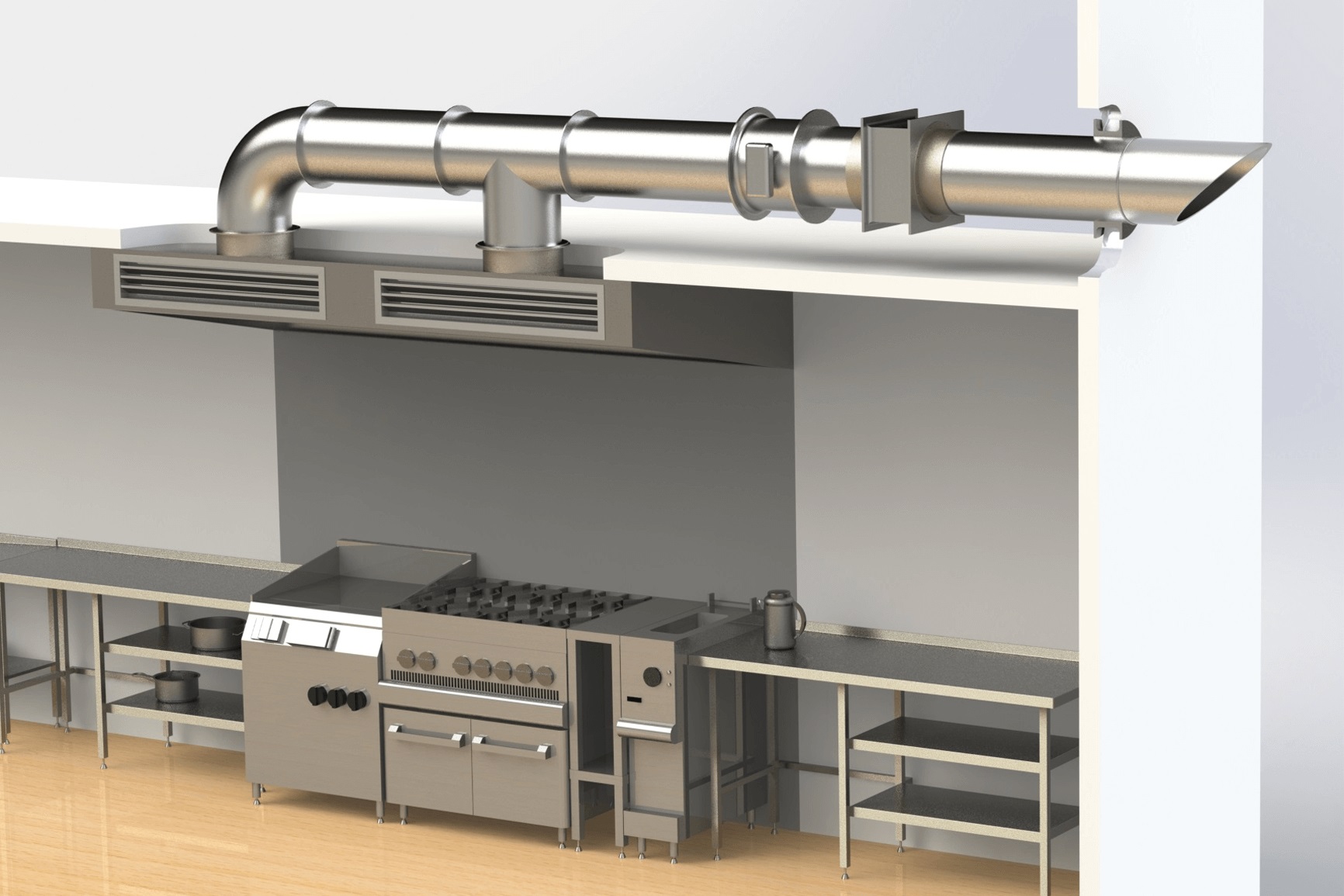
Ensuring Safety and Compliance
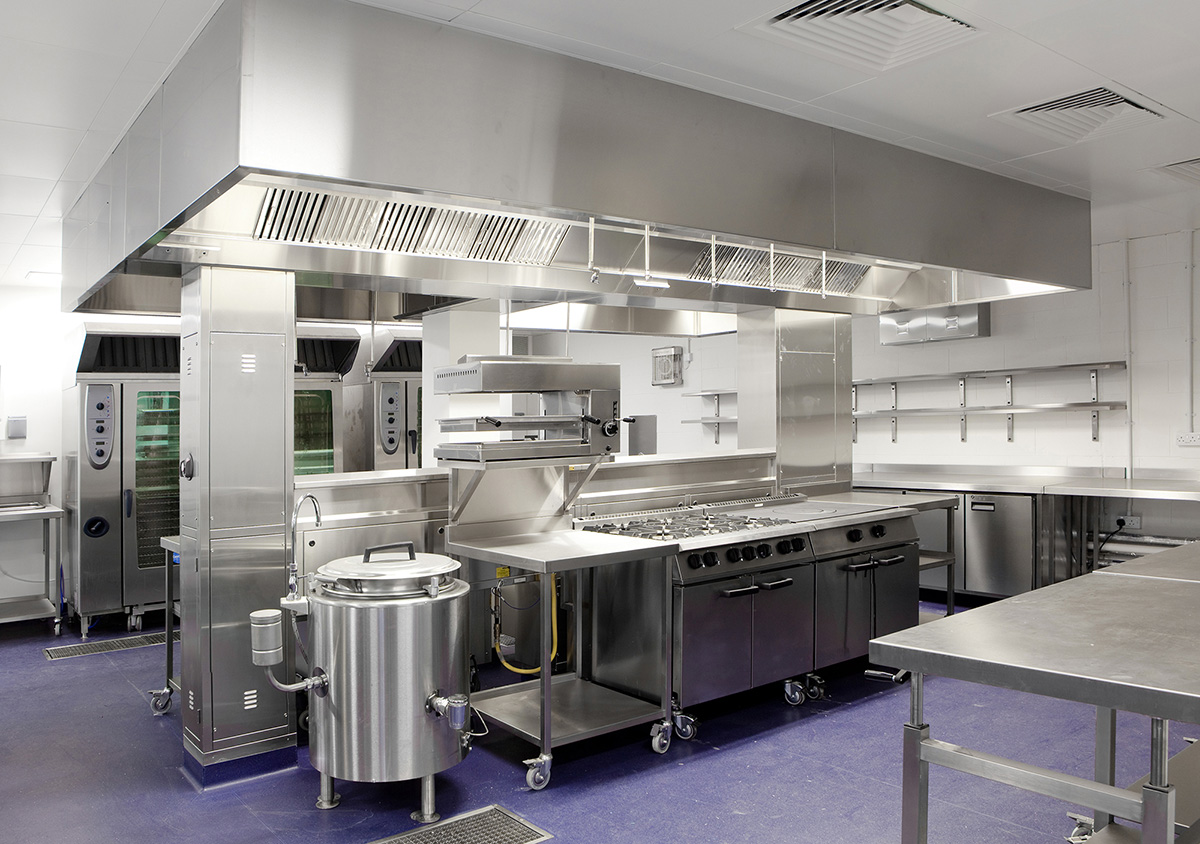 One of the most critical aspects of commercial kitchen design is the ventilation hood. Not only is it a necessary component for maintaining a clean and functional kitchen, but it is also required by law to meet certain standards.
Proper ventilation is crucial for the health and safety of both employees and customers
, as well as to comply with fire and building codes.
A well-designed ventilation hood system helps to remove heat, smoke, grease, and other pollutants from the kitchen, creating a more comfortable and safe working environment. It also prevents the buildup of harmful gases and bacteria, reducing the risk of food contamination and potential health hazards.
Without proper ventilation, a commercial kitchen can quickly become a breeding ground for airborne illnesses and fire hazards.
One of the most critical aspects of commercial kitchen design is the ventilation hood. Not only is it a necessary component for maintaining a clean and functional kitchen, but it is also required by law to meet certain standards.
Proper ventilation is crucial for the health and safety of both employees and customers
, as well as to comply with fire and building codes.
A well-designed ventilation hood system helps to remove heat, smoke, grease, and other pollutants from the kitchen, creating a more comfortable and safe working environment. It also prevents the buildup of harmful gases and bacteria, reducing the risk of food contamination and potential health hazards.
Without proper ventilation, a commercial kitchen can quickly become a breeding ground for airborne illnesses and fire hazards.
Efficient Airflow and Energy Savings
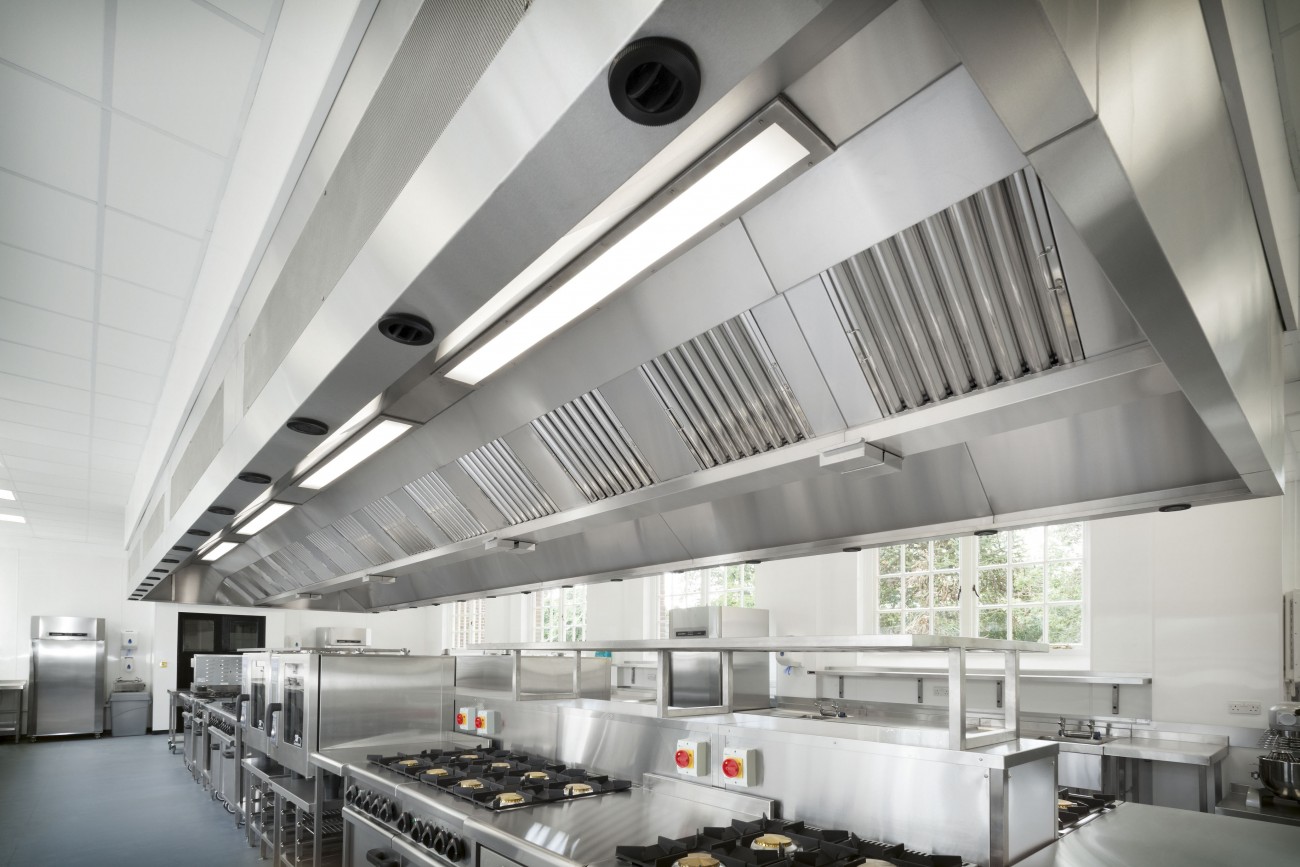 In addition to safety and compliance, a well-designed ventilation hood system can also lead to significant cost savings for restaurant owners.
An efficient ventilation system can improve airflow, which not only helps to maintain a comfortable working environment but also reduces energy costs.
By removing excess heat and steam from the kitchen, the ventilation system can help regulate the temperature and reduce the load on air conditioning systems.
Furthermore,
properly designed ventilation hoods can also reduce the risk of fire hazards and damage to cooking equipment
. By removing grease and other flammable substances from the air, the risk of a kitchen fire is significantly decreased, leading to potential cost savings on insurance premiums.
In addition to safety and compliance, a well-designed ventilation hood system can also lead to significant cost savings for restaurant owners.
An efficient ventilation system can improve airflow, which not only helps to maintain a comfortable working environment but also reduces energy costs.
By removing excess heat and steam from the kitchen, the ventilation system can help regulate the temperature and reduce the load on air conditioning systems.
Furthermore,
properly designed ventilation hoods can also reduce the risk of fire hazards and damage to cooking equipment
. By removing grease and other flammable substances from the air, the risk of a kitchen fire is significantly decreased, leading to potential cost savings on insurance premiums.
Customization for Individual Kitchens
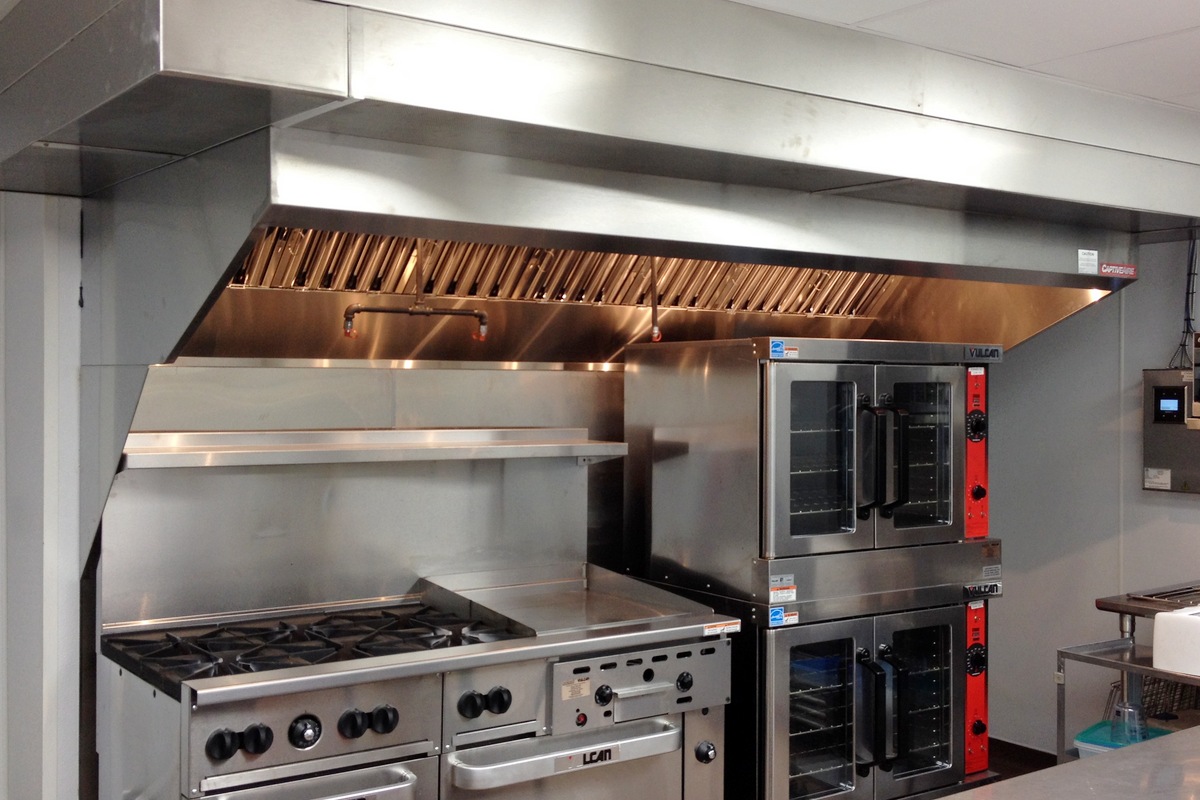 Every commercial kitchen is unique, and therefore, each ventilation hood system must be specifically tailored to meet its individual needs. Factors such as the size and layout of the kitchen, type of cooking equipment, and menu offerings all play a role in determining the appropriate ventilation system.
Working with a professional and experienced kitchen designer can ensure that the ventilation hood is the right size and design for your specific kitchen
. This not only ensures compliance with regulations but also maximizes efficiency and cost savings.
In conclusion, proper commercial kitchen ventilation hood design is a crucial aspect of any restaurant's success. It not only ensures safety and compliance but also leads to energy savings and customized solutions for individual kitchens. By investing in a well-designed ventilation system, restaurant owners can create a healthier and more efficient working environment for their staff and provide a safe and enjoyable dining experience for their customers.
Every commercial kitchen is unique, and therefore, each ventilation hood system must be specifically tailored to meet its individual needs. Factors such as the size and layout of the kitchen, type of cooking equipment, and menu offerings all play a role in determining the appropriate ventilation system.
Working with a professional and experienced kitchen designer can ensure that the ventilation hood is the right size and design for your specific kitchen
. This not only ensures compliance with regulations but also maximizes efficiency and cost savings.
In conclusion, proper commercial kitchen ventilation hood design is a crucial aspect of any restaurant's success. It not only ensures safety and compliance but also leads to energy savings and customized solutions for individual kitchens. By investing in a well-designed ventilation system, restaurant owners can create a healthier and more efficient working environment for their staff and provide a safe and enjoyable dining experience for their customers.
